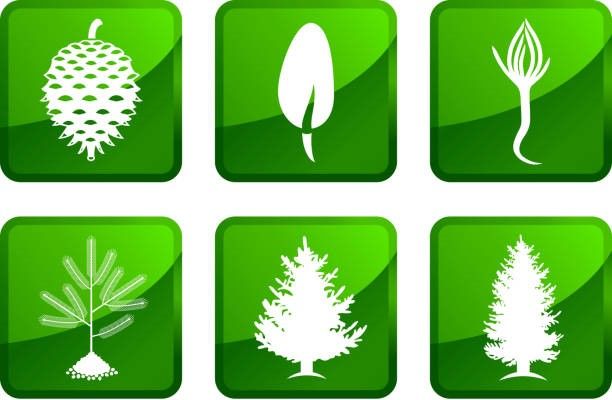Seeds of Opportunity: The African Growth Series
December 2022 | Issue 3
In this week's issue, you will learn more about:
- Autonomous Delivery Systems
- The South African Energy Crisis
- 2023 African Trade & Development Dynamics
Autonomous Delivery Systems
Last week, the Department of Communications and Digital Technologies, in collaboration with the Tshwane University of Technology and the University of Johannesburg, launched the Artificial Intelligence (AI) Institute of South Africa. The goal of this institute is to stimulate economic growth, address unemployment and create a positive social impact by expanding the teaching of robotics and coding currently being offered in public schools in South Africa.
A sector that could benefit from this development, and has very good growth potential in Africa, is autonomous delivery systems. Takealot’s new Richmond Park pick-up point uses this technology, allowing customers to collect their packages with the help of warehouse transport and delivery systems that use automated guided vehicles. This system speeds up deliveries, with an average collection time of under three minutes. Customers also save on delivery costs and can collect their parcels at a time that is more convenient for them. Autonomous delivery systems are offered to businesses in South Africa by companies such as CTRL Robotics. CTRL Robotics was the first company to bring automation and service robotics to the African continent and offers multiple fully automated indoor delivery and cleaning robots.
The next big opportunity in Africa is to build an autonomous delivery system that improves last-mile deliveries. One way this can be achieved is by using drones. A recent partnership between Africa-focused e-commerce firm Jumia Technologies and drone-delivery start-up Zipline enables customers from remote areas to order and receive electronics, cosmetics, fashion, and other products. The drone-delivery program has been successfully piloted in Ghana, and they plan to expand to Ivory Coast and Nigeria soon. This has the potential to transform Africa’s last-mile delivery market, which is forecasted to grow at a compound annual growth rate (CAGR) of 8.45% between 2022 and 2030. This has tremendous growth potential on a global scale, with the global automated last-mile delivery market projected to grow at a CAGR of 25.42% from 2022 to 2030.

The South African Energy Crisis
South Africa has undergone over 2,900 hours of load shedding in 2022 alone, with no indication of improved power supply within the next 6 - 12 months. The Energy Crisis is a direct result of Eskom’s insufficient capacity to fulfill the country’s power demands, with a current shortfall of between 4,000 megawatts – 6,000 megawatts (MW). As the Crisis continues, the South African economy has suffered prolonged contraction – forcing the National Treasury to downgrade the 2022 growth outlook from a meagre 2.1% to 1.9%. In addition, business owners surveyed by Yazi reported a 40% loss of income between Q4 2021 and Q4 2022. Sectors most heavily affected include manufacturing, tourism, and mining. To mitigate the Crisis and resolve load shedding, President Ramaphosa has announced a series of steps that the South African government would take to liberalise the power grid and remove strain from Eskom. This includes doubling the renewable energy procurement under Bid Window 6 of the Renewable Energy Independent Power Producer Program (REIPPPP) to more than 5,000MW and incentivising private producers to sell excess energy. As of December, the Department of Mineral Resources and Energy announced that an additional 13 projects under the REIPPPP Bid Window 5 have signed legal agreements, as well as those under Bid Window 6. Under Window 5, each project will contribute an additional 975MW of renewable solar photovoltaic (PV) power to the grid. The total investment under all projects signed exceeds ZAR 34 billion and is expected to come online in early 2025. In the meanwhile, independent solutions to drive innovation are flourishing within the country – with solar PV forecasted to grow at 4.5% between 2021 -2026. The value of this is clearly indicated by the Shoprite Group which has recently increased the installed capacity of PV by 82%. In fact, renewable energy projects are attracting massive international investment, requiring at least ZAR 50 billion in funding to be bankable and reinforcing the growth opportunity in this sector.

2023 African Trade & Development Dynamics
The establishment of strong regional production networks and value chains is a key opportunity for driving economic growth and recovery in 2023. At the height of the pandemic, an analysis of 127 African industrial clusters recorded a decrease of 7.2% in their activities between March and August 2020. This reduction in production severely impacts overall GDP, with the continent gaining significant export revenue from local production (though limited to unprocessed/semi-processed goods). In 2022, Africa's GDP share in the world was predicted to be less than ~5% pre-covid values. Weaknesses exposed by the pandemic in the last two years have raised the importance of establishing strong production regional value chains. Instrumental in this identified growth path has been the AfCFTA (entry in 2021), which has created new opportunities for productive transformation. With a key regional policy in place, collaboration is required in 2023 and beyond between the public and private sectors for the key implementation of the AfCFTA. In addition to policy changes, the African trade and development landscape going forward is also tied to its ability to continue riding the wave of digital transformation and energy investments. In 2020-21, greenfield foreign direct investment to Africa decreased in many sectors, except for the information and communications technology and Internet industries, which more than doubled between 2015 and 2021.

To find out more about opportunities in Africa, please get in touch with Lynne Martin.
Lynne Martin
Rebecca Mabika
